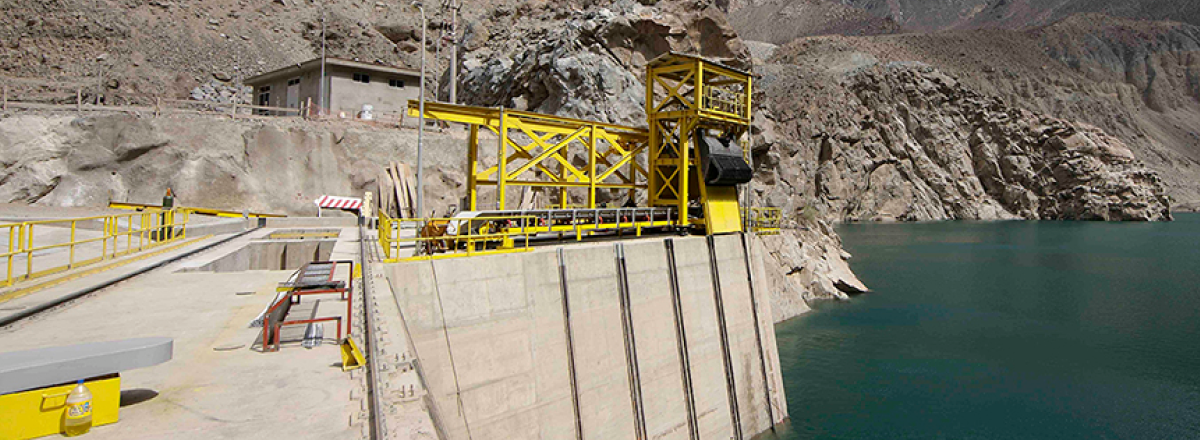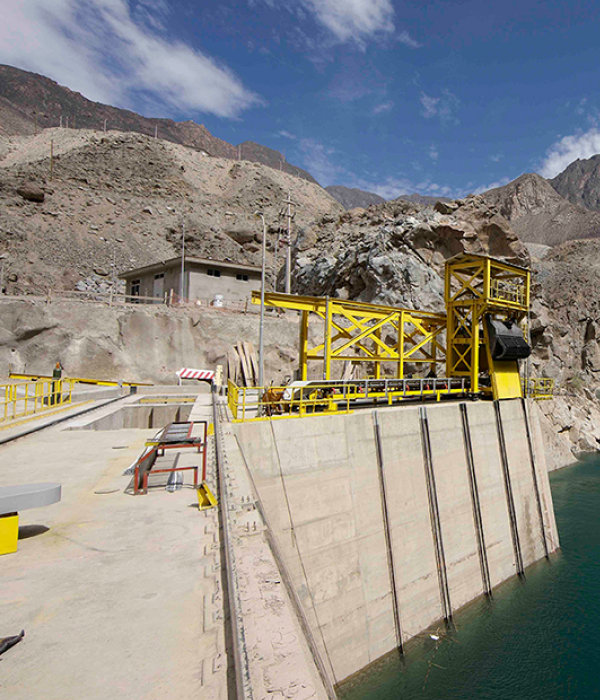News
16 Mar 2018
Celepsa performs second maintenance of Capillucas Dam 2018


Monday, March 19th, 2018 – Celepsa has stated that, as part of the obligatory operational activities of El Platanal Hydroelectric Power Plant during the rainy season, the second repair of the Capillucas Dam of 2018 will take place today, Monday, March 19, at 06:00 hours. This is a well-known method that consists essentially of gradually emptying the dam to achieve the natural release of silt, sand, and organic material trapped by the dam in the previous year from the upper and middle Cañete river basin.
In that regard, the following are the characteristics of the Capillucas Dam’s maintenance:
- It can last for up to 8 hours. Because of the time it takes for water to travel from the Capillucas dam (kilometer 95 on the Cañete – Lunahuana – Yauyos – Huancayo highway) to the river mouth, maintenance will be noticed in the early hours in the ecological flow zone and in the afternoon and evening across the basin.
- As a result of this technique and for a few hours, it is predicted that the turbidity and odor of the river water would increase due to the accumulation of organic material in the reservoir. The stronger the stench, the longer the storage time.
- Celepsa has been conducting controls prior to, during, and after this action to ensure and demonstrate that there would be no harmful impact on the Cañete River’s aquatic life.
- The environmental impact assessment (EIA), which governs the operation of El Platanal hydroelectric plant, authorizes maintenance of the Capillucas dam.
- El Platanal hydroelectric facility produces no effluent during its power generation process, nor does it alter the physical or chemical properties of the water gathered for its operation. As a result, it is incorrect to conflate the material accumulating at the bottom of the Capillucas Dam (silt, sand, and organic material from the upper and middle basins) with residential wastewater from the dam’s camps, which is treated in the appropriate facilities before being returned to the river.
The following guidelines should be considered during maintenance:
- Avoid drinking river water directly (during that day).
- When arranging agricultural irrigation, take the required safeguards.
- Clear the riparian zone of reeds, mats, goods, and cattle.
The company thanks the public for making this information available and is happy to answer any additional inquiries.
Claudia Noda, Communications Coordinator, can be reached at cnoda@celepsa.com.
